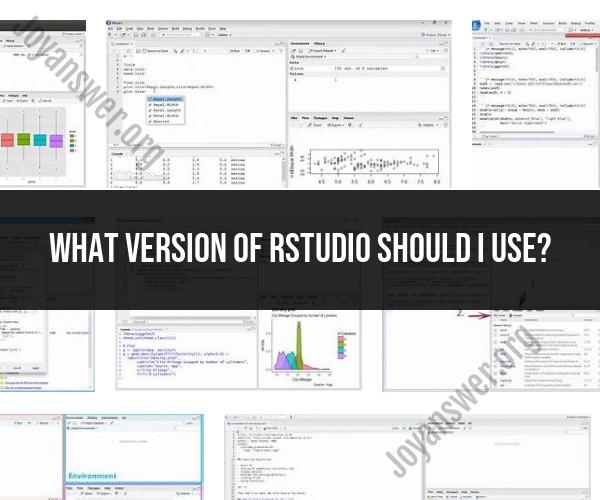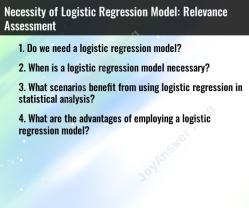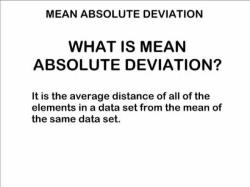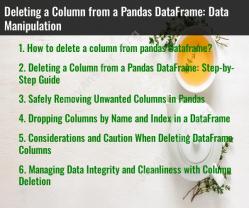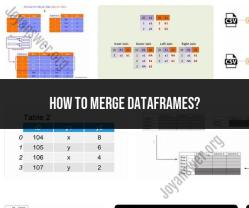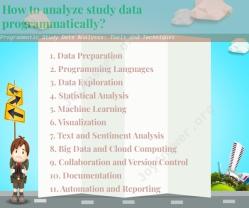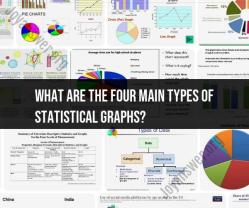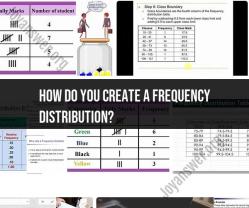What version of RStudio should I use?
Choosing the right version of RStudio depends on several factors, including your needs, preferences, and the specific tasks you intend to perform. Here are some key factors to consider when deciding which version of RStudio to use:
1. Features and Functionality:Different versions of RStudio may have varying features and functionalities. Consider the tools and capabilities you require for your data analysis, programming, and visualization tasks. RStudio offers several editions, including RStudio Desktop (free version), RStudio Server (for remote access), and RStudio Server Pro (with advanced features).
2. Free vs. Paid Versions:RStudio offers both free and paid versions. The free version (RStudio Desktop) provides a robust set of tools for most users. If you need additional features like collaboration tools, technical support, or advanced security, you might consider the paid versions.
3. Professional or Academic Use:If you're a student or educator, you might benefit from the free RStudio Desktop version for educational purposes. However, if you're using RStudio for professional work, you might want to explore the paid versions with more features and support options.
4. Data Science Projects:If you're working on data science projects that involve machine learning, statistical analysis, and data visualization, you might want to choose a version that offers integrated tools and packages for these tasks.
5. Coding Environments:Consider the coding environment you're most comfortable with. RStudio provides a user-friendly interface for R programming, but some users might prefer more customized coding environments.
6. Remote Access Needs:If you need to access RStudio remotely, especially for collaboration or server-based work, the RStudio Server or RStudio Server Pro versions might be suitable.
7. Operating System Compatibility:Ensure that the version you choose is compatible with your operating system (Windows, macOS, Linux).
8. Regular Updates:Stay updated with the latest versions of RStudio to benefit from bug fixes, new features, and performance improvements.
9. Community and Support:Consider the level of community support, forums, and resources available for the version you choose. Paid versions often come with more comprehensive technical support.
10. Company or Organization Policies:If you're using RStudio for work, check if your organization has preferences or guidelines regarding software versions and licensing.
Conclusion:Ultimately, the version of RStudio you choose depends on your specific needs and preferences. If you're just starting out, the free RStudio Desktop version is a good option. As you become more familiar with the tool and your requirements evolve, you can explore other versions based on the features and support you need. Keep in mind that RStudio's website provides detailed information about the features and capabilities of each version, helping you make an informed decision.
